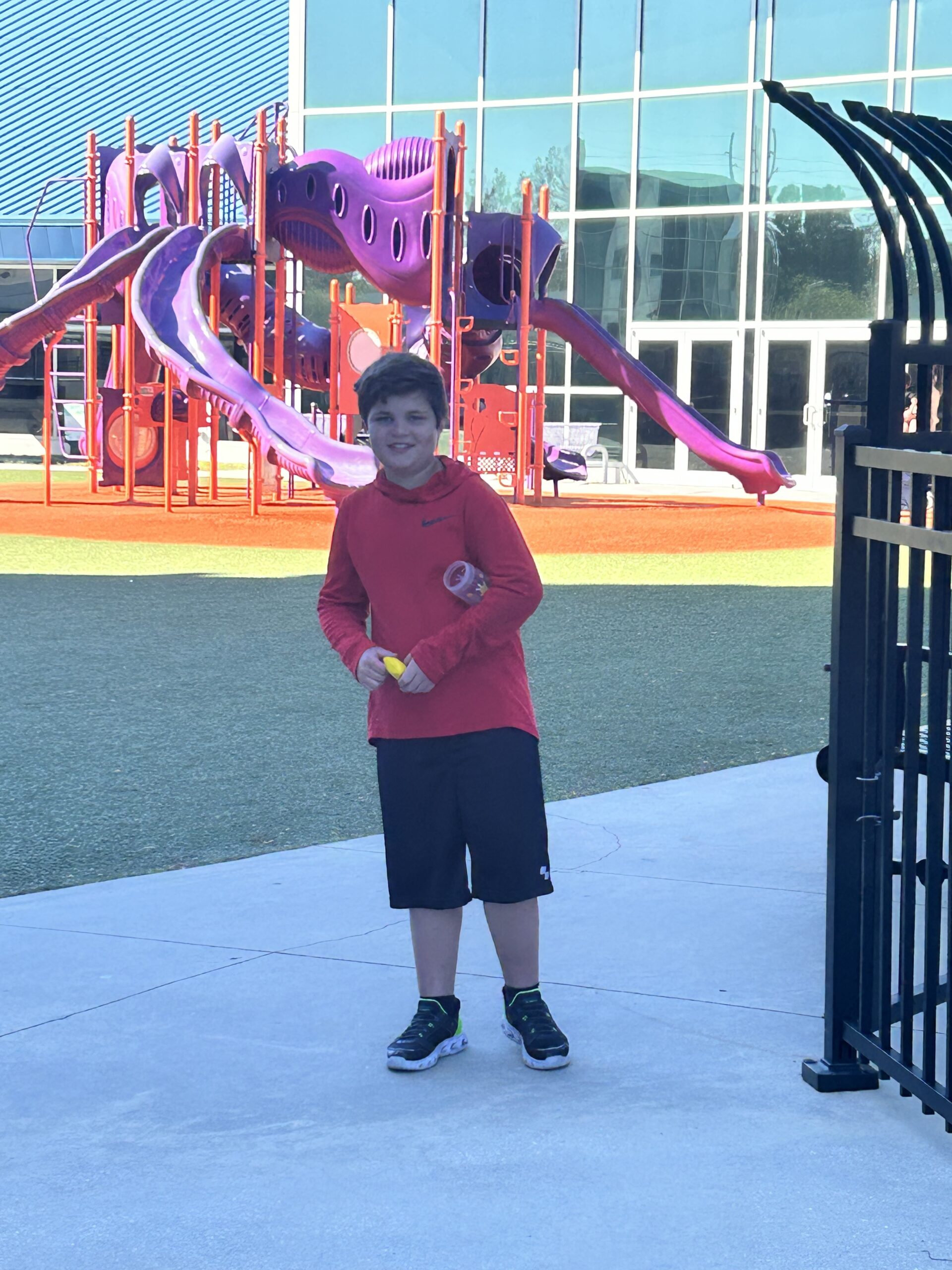
Navigating Puberty: Supporting a Pre-Teen Autistic Non-Verbal Child Through Change
Puberty is a challenging time for any child, but for a pre-teen who is autistic and non-verbal, it can be particularly overwhelming. The physical, emotional, and hormonal changes happening inside their body can be confusing, especially when they struggle to express their feelings or ask questions. As parents, it’s crucial to provide guidance, reassurance, and strategies to help them navigate this stage with as much comfort and understanding as possible.
Understanding Their Perspective
A non-verbal autistic child may experience puberty without fully understanding why their body is changing. They might notice new physical sensations, increased emotions, or unfamiliar social expectations, leading to anxiety, frustration, or meltdowns. Since communication challenges can make it harder for them to ask questions, they may react to changes in ways that appear out of character.
Some common struggles include:
Increased anxiety or mood swings due to hormonal fluctuations
Heightened sensory sensitivities (to touch, smell, and sound)
Difficulty understanding or accepting hygiene routines
Frustration with changes in physical appearance and bodily sensations
Increased need for structure and predictability
How Parents Can Help
1. Use Visual Supports and Social Stories
Visual aids, social stories, and step-by-step guides can help your child understand what is happening to their body. Create a visual schedule for hygiene routines and use picture cards to explain puberty-related changes in a way that is clear and predictable.
2. Maintain Routine and Predictability
With so many unfamiliar changes occurring, keeping daily routines as consistent as possible can provide a sense of stability. If changes to their hygiene routine are necessary, introduce them gradually and reinforce them with positive reinforcement.
3. Teach Hygiene and Self-Care in a Structured Way
Break hygiene tasks into small, manageable steps. Demonstrating proper techniques for deodorant application, shaving, or menstrual care through visuals or hands-on practice can help ease anxiety. Use timers or checklists to make new tasks more predictable.
4. Address Sensory Sensitivities
Puberty often heightens sensory sensitivities. Finding sensory-friendly hygiene products, such as unscented deodorants or soft-textured clothing, can help make the transition more comfortable. Allowing your child to explore different options in a controlled, low-stress environment can help them adjust more easily.
5. Help Them Express Emotions in Alternative Ways
Since your child may struggle to verbalize their emotions, provide alternative communication methods such as AAC devices, emotion charts, or simple sign language. Encourage them to use these tools to express discomfort, anxiety, or confusion.
6. Reinforce Body Autonomy and Safety
Teach your child about personal space, privacy, and safe touch in a way they can understand. Use clear and simple language, visual cues, or videos to explain concepts like consent, private versus public behaviors, and the importance of seeking help if something feels wrong.
7. Seek Support When Needed
Puberty can be an emotional time for parents, too. Seeking guidance from therapists, educators, or support groups can provide reassurance and strategies that are tailored to your child’s needs. Connecting with other parents who are going through similar experiences can also be a great source of comfort.
Final Thoughts
Puberty is a time of significant transition, but with patience, structure, and open communication, parents can help their autistic non-verbal child navigate these changes with confidence. Every child experiences this stage differently, so being observant, flexible, and supportive is key. By creating a safe and understanding environment, you can help your child feel secure as they grow into this next phase of life.


No Comments